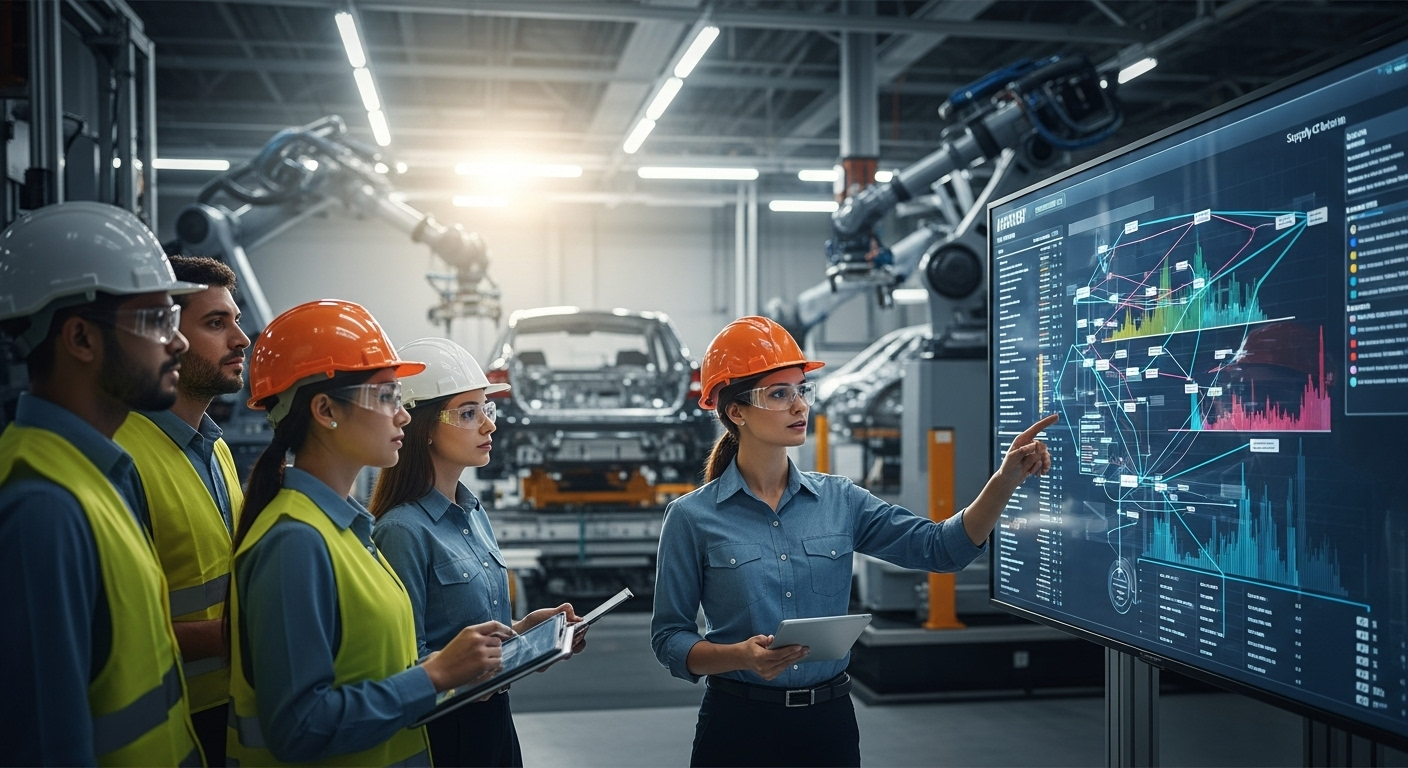Integrating robotics and human teams for safer operations
Integrating robotics with human teams can improve safety and productivity across industrial settings. This article outlines practical approaches to coordination, risk reduction, and long-term resilience while considering digitization, IoT, and workforce factors.

Integrating robotics and human teams for safer operations requires planning that balances technology and human judgment. Successful programs align objectives for safety, sustainability, and operational continuity while using digitization and analytics to guide decisions. Effective integration reduces repetitive risks, supports compliance, and enhances resilience in the face of supply chain and environmental challenges, but it also demands ongoing attention to cybersecurity, workforce training, and maintenance to sustain benefits.
Robotics: How do robots and people share tasks?
Robotics can handle repetitive, hazardous, or precision tasks while people focus on oversight, exception handling, and complex decision-making. Collaborative robots (cobots) are designed to operate alongside workers with force limits, sensors, and safety-rated motion controls. Clear task boundaries, ergonomic design, and agreed handoff procedures reduce the likelihood of incidents. Integrating robotics involves mapping workflows to identify which activities reduce risk when automated and ensuring interoperability with existing systems like PLCs, sensors, and edge devices.
Automation and digitization: How are processes coordinated?
Automation and digitization create visible, auditable workflows that support safer operations. Digitization captures operational data from IoT sensors and control systems; automation enacts responses such as machine shutdowns or alerts. Combining process automation with analytics enables predictive interventions rather than reactive fixes. This coordination supports optimization of energy use, electrification initiatives, and compliance reporting while providing traceable records for resilience planning and continuous improvement.
Sensors and IoT: What data improves safety?
Sensors and IoT provide real-time context for both robotic systems and human teams. Vibration, temperature, proximity, and vision sensors feed analytics that detect deviations from normal operation and trigger safeguards. Edge computing can process time-sensitive sensor data locally for fast reaction, while cloud platforms aggregate historical data for trend analysis. Effective sensor strategies prioritize reliability, calibration schedules, and secure telemetry to inform maintenance windows and minimize false positives that can erode trust in safety systems.
Cybersecurity and compliance: How are risks managed?
Connecting robots, sensors, and enterprise systems expands the attack surface, so cybersecurity must be embedded into integration projects. Network segmentation, firmware management, identity controls, and secure update mechanisms help protect operations. Compliance frameworks governing occupational safety, environmental reporting, and data protection should guide system design. Regular audits, incident response plans, and supplier risk assessments contribute to resilience and ensure that robots assist rather than introduce regulatory or security liabilities.
Workforce and training: How do people adapt?
Successful integration depends on workforce engagement, clear role definitions, and continuous training. Cross-functional training that combines robotics operation, basic programming, safety protocols, and data literacy helps workers interact effectively with automated systems. Workforce planning should address change management, skill development for analytics and edge system oversight, and pathways for technicians to advance into maintenance or optimization roles. Inclusive planning reduces resistance and builds operational knowledge that supports sustainability and resilience.
Maintenance and optimization: How are systems kept safe?
Maintenance strategies evolve when robotics and digitization are introduced. Condition-based maintenance informed by analytics and sensor data reduces unplanned downtime and prevents unsafe degradations. Electrification initiatives and optimization projects benefit from coordinated maintenance schedules that consider battery systems, actuators, and mechanical wear. Establishing clear maintenance SLAs, spare parts logistics, and secure remote diagnostic capabilities supports long-term uptime while preserving safety and compliance standards.
Conclusion Integrating robotics and human teams for safer operations is a multidimensional effort that blends technology, process, and people. Emphasizing digitization, robust cybersecurity, thoughtful workforce development, and data-driven maintenance helps organizations realize safety and resilience gains. Ongoing monitoring, iterative optimization, and adherence to compliance obligations ensure that robotic systems remain reliable partners in safer industrial operations.





